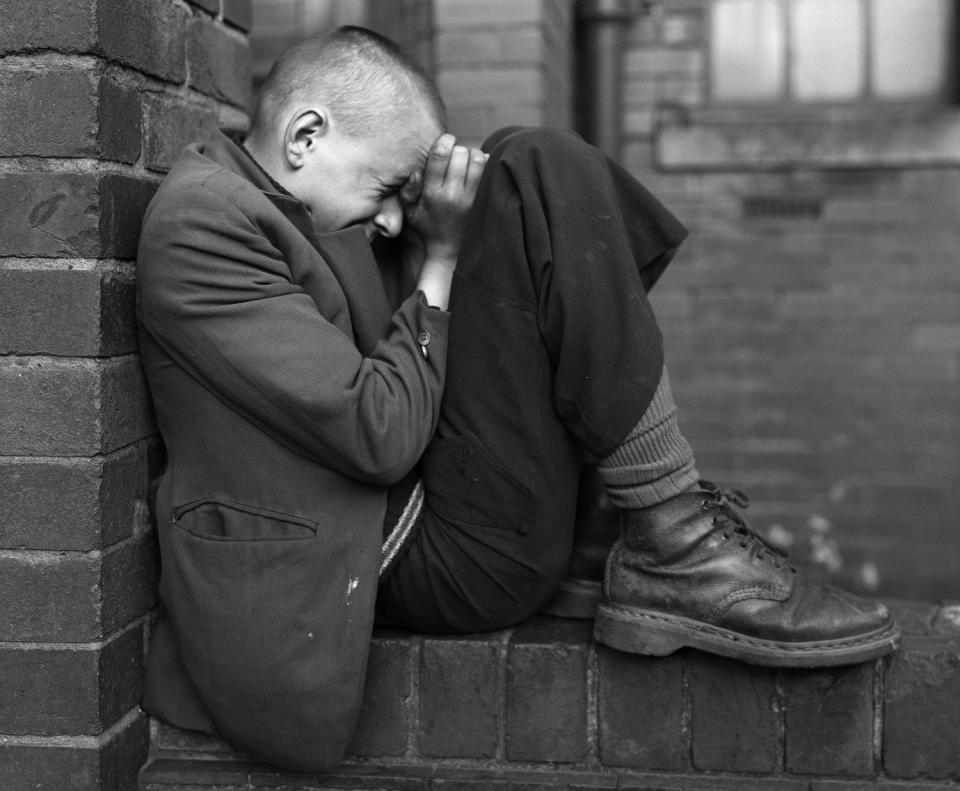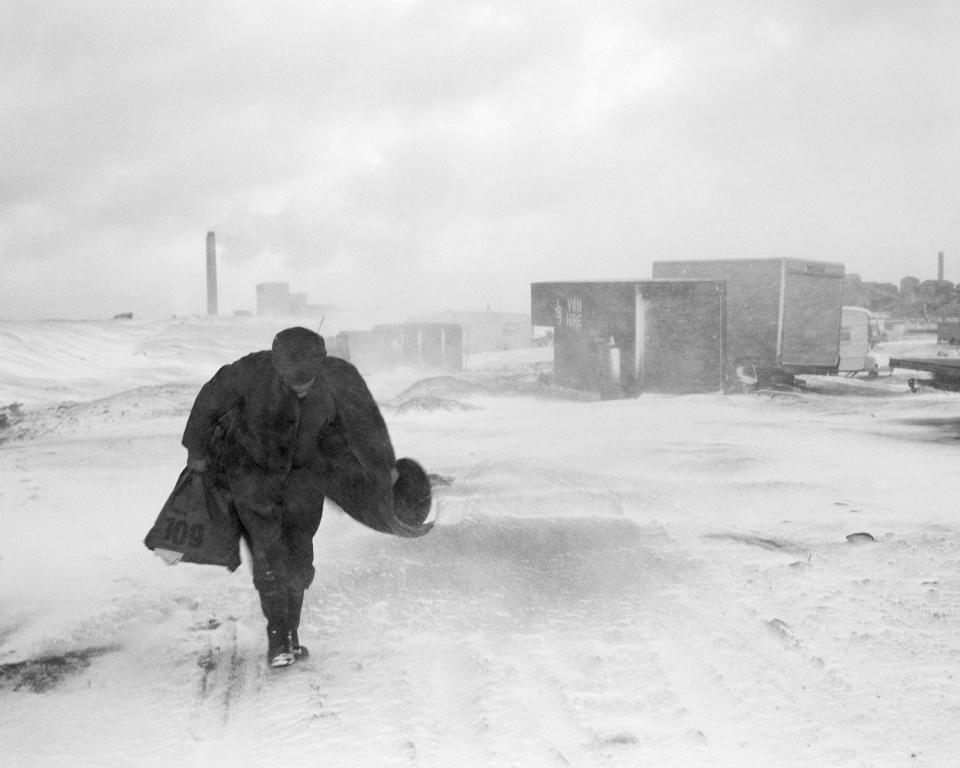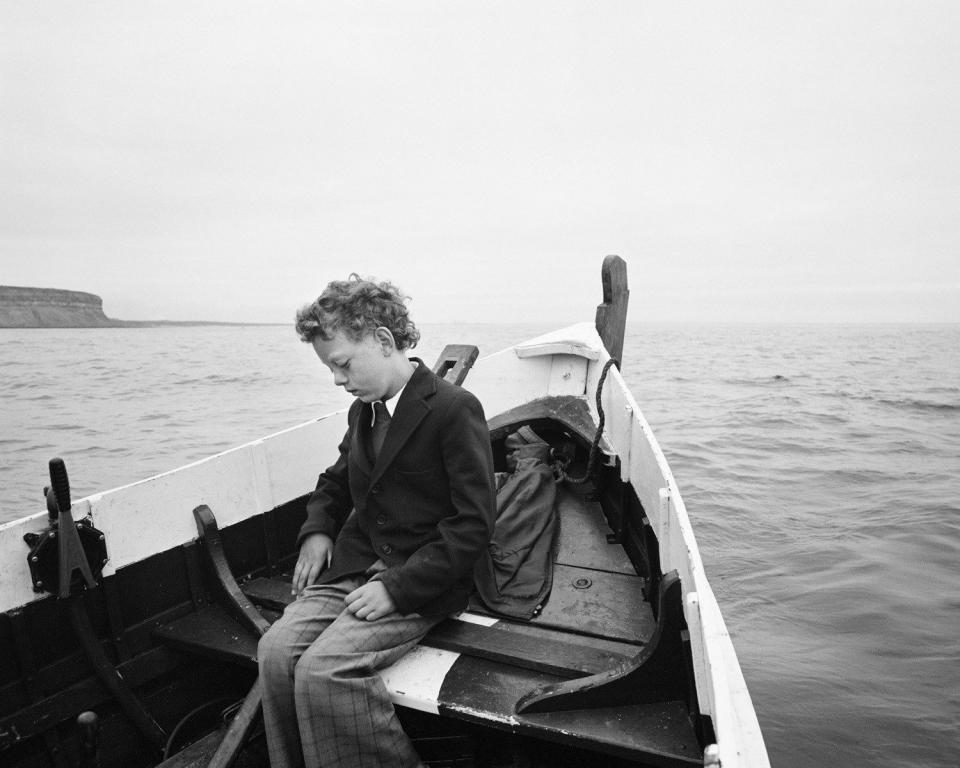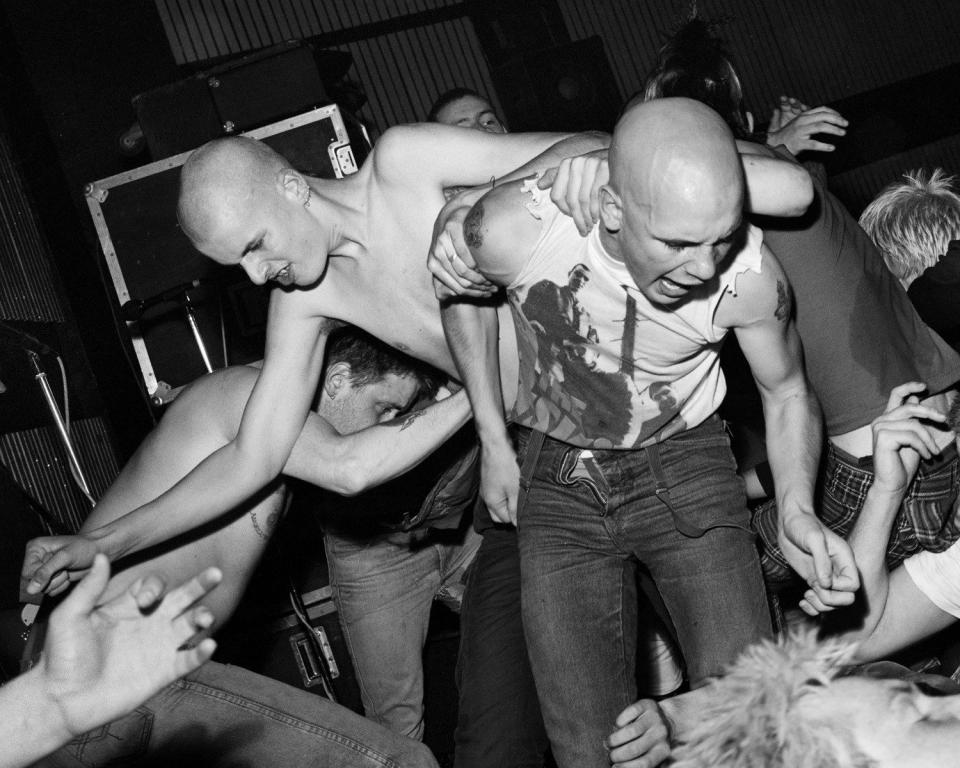Chris Killip, photographer who chronicled life in the North East in an era of decline – obituary

Chris Killip, who has died aged 74, was a photographer celebrated for his gritty black and white images which captured the lives of working-class communities in the North East during the era of deindustrialisation.
Killip was best known for his photobook, In Flagrante, published in 1988, which won the 1989 Henri Cartier-Bresson Award and was accompanied by a one-man exhibition at the Victoria and Albert Museum. One critic described the series as “taken from a point of view that opposed everything [Mrs Thatcher] stood for”, yet Killip, who saw himself as “more of a sociological “ than a political photographer, denied any polemical intent.

Living in Newcastle for 15 years in the 1970s and 1980s he had not consciously gone out to photograph the human cost of the end of coal mining, shipbuilding and steelmaking: “I just photographed what was happening”.
Indeed, in a 2017 interview in Apollo he confessed to being a “bit fed up” with people always associating his pictures with the Thatcher years. When he republished the photographs as In Flagrante Two (2016), he added a short text: “The photographs date from 1973 to 1985 when the prime ministers were: Edward Heath, Conservative (1970-1974), Harold Wilson, Labour (1974-1976), James Callaghan, Labour (1976-1979), Margaret Thatcher, Conservative (1979-1990).”
“I am not on a tirade against Thatcher,” he said. “I wanted to point out that they are all equally to blame.”

Christopher David Killip was born on July 11 1946 in the Highlander Inn, near Peel on the Isle of Man, a pub run by his father Alan and mother Molly (née Quirk). Aged 15 the family moved to the island’s capital Douglas.
After leaving school aged 16, Chris joined the only four-star hotel on the island as a trainee hotel manager. When he was 17, however, a photograph in a battered copy of Paris Match by Henri Cartier-Bresson of a little Parisian boy carrying bottles of wine, caught his imagination. “I was mesmerised,” he recalled, “and slightly tortured, too. I knew it wasn’t a snapshot, but I wasn’t sure what it was and that puzzled me greatly.”
Although neither he nor any other family member owned a camera, he decided then and there to become a photographer.
He started as a beach photographer at a local seaside resort and in 1964 moved to London where he worked as an assistant to the advertising and celebrity portrait photographer Adrian Flowers. A 1969 visit to an exhibition of photographs at the Museum of Modern Art in New York convinced him that the medium might have a higher purpose, however, so he stopped his commercial work and returned to the Isle of Man to develop his own artistic vision.
By this time the island had become a tax haven and Killip decided to record the old ways of life which were about to change for ever. A series of photographs depicting traditional Manx work and culture was eventually published by the Arts Council as Isle of Man: A Book about the Manx in 1980 with a text by John Berger.

His work won Killip an Arts Council commission to photograph Huddersfield and Bury St Edmunds for an exhibition entitled “Two Views—Two Cities” in the Seventies. It was the time that the first wave of immigrants from Pakistan were arriving to work in the Pennine mills of Huddersfield, but Killip focused on the past – a man in a battered jacket, happy with his whippets; a besuited member of a brass band with his euphonium; the last resident of a near-derelict tenement block.
By the mid-1970s he was ensconced in Newcastle upon Tyne on a two-year photography fellowship sponsored by Northern Gas. There, living in a flat in Bill Quay, Gateshead, he immersed himself in the culture of the struggling industrial North East: “You didn’t have to be a genius to realise how important it was to get in and photograph it before it all fell apart. The strange thing is, I didn’t realise how quickly it would go.”

In May 1977 Creative Camera magazine devoted an entire issue to his work in progress and the same year he became a founding member of Side Gallery, a photography gallery in Newcastle, and worked as its first director for 18 months.
His efforts to “get inside things” sometimes put him in danger. He was hit around the head with an iron bar at an illegal horse race and chased off the beach when he first showed up at the coastal village of Lynemouth to photograph men on the dole scavenging for loose coal. “I had this very big plate glass camera with a very big flash. I looked like something that had fallen out of the 1950s. I was very visible.”

But most of the time people welcomed the attention and he became such a familiar and trusted figure that, while working in the Cleveland village of Skinningrove, he was allowed to document a poignant local ritual in which, after a local fisherman had drowned, his young son, Simon, dressed very formally, was taken out in a boat so that he would not become fearful of the sea: “I was on the boat and nobody spoke.”
In 1985, Killip’s work featured at a hugely influential exhibition, “Another Country: Photographs of the North East of England”, at the Serpentine Gallery, and in 1989 his studies of life in the Pirelli tyre factory in Burton work was exhibited in the Victoria and Albert Museum. However his admirers sometimes felt that he got more recognition in Germany than in Britain. A major retrospective of his work was held in the Folkwang Museum in Essen in 2012.
In 1991 Killip was appointed Professor of Visual and Environmental Studies at Harvard, where he continued to teach until 2017, though he returned frequently to the British Isles. From 1992 until 2004, he photographed pilgrimages and other scenes in rural Ireland, published in 2009 as Here Comes Everybody. His other published collections included Seacoal and Arbeit/Work.

Killip had a son with the Czech-born photographer Marketa Luskacova, with whom he had lived, as he put it, “on and off, and then very off” over several years. In 2016 his son Matthew, a film-maker, discovered a cache of his father’s old contact sheets and two years later the results were included in four large-format “zines”: Skinningrove (1981-84); Portraits (1970-89); The Station (1985) – photographs of youths at an anarcho-punk music venue in Gateshead, and The Last Ships (1975-1977), an elegy for a working class community that lived and worked in the shadow of the Wallsend and South Shields shipyards.
“I didn’t think it at the time, but I suppose I was photographing history,” Killip reflected.
In 2000 Killip married Mary Halpenny, who survives him with his son and a step-son.
Chris Killip, born July 11 1946, died October 13 2020

 Yahoo News
Yahoo News 